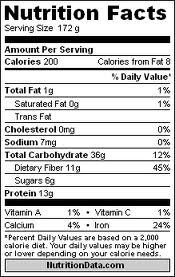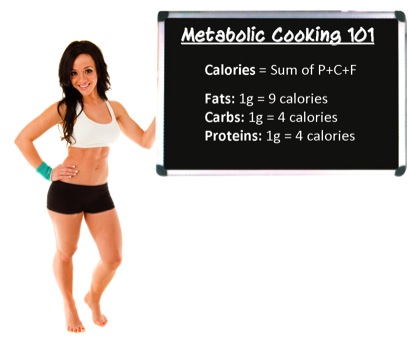Often times, it can seem a bit overwhleming when it comes to learning all the diet jargon out there…
You’ve got proteins, carbs, macro, micro, nutrients, ratios, calories etc…
It can get confusing 🙂
One step at a time and you will be just fine.
Your diet is what will determine at least 80% of your results, so by making sure that you’re on track here, you can move forward in the right direction.
That said, many people are often confused over what exactly the different ‘terms’ mean when it comes to forming a solid meal plan.
Let’s give you a brief overview of each of these so that you can fully understand how to properly structure your meal plan for success.
The word calories essentially refers to a unit of energy. Each and every time you put a piece of food in your mouth, you’re consuming calories. Likewise, each and every time you make a movement – even if it’s just breathing oxygen in and out, you’re also burning calories.
In order to maintain your body weight then, you need to consume exactly (or as close as possible) as many calories as you burn off. If you want to lose weight, you should consume fewer while if you want to gain weight, you need to consume more.
Of course this is just the base theory and only really scratches the surface. It’s not as black and white as the above statement, but again that’s the simplest way of explaining it.
Nutrients
The next element to consider is nutrients. Nutrients refers to the different types of calories. You have protein calories, fat calories, and carb calories. Each of these will have a specific function in the body.
Protein calories are going to provide the raw materials that your body needs to generate more lean muscle mass. Carbohydrate calories are going to provide the materials that your body needs for energy, and fat calories will serve to provide energy as well as offering key nutrients that you require to sustain life.
Protein and fat calories have minimal impact on your blood glucose levels, while carbohydrates will cause an increase in insulin levels as they do produce a blood sugar high. This means that carbs do have the potential to cause the greatest amount of hunger in your diet plan.
Grams
Finally, the last term to go over is grams. Grams refers to a unit of calories of each of the nutrients. When you consume one gram of protein, you’ll be taking in four calories total. Likewise, carbs will provide you with four calories per gram as well.
Fats differ, however, as they provide you with nine calories per gram. This is why using smaller serving sizes of these foods is vital for success.
So there you have the primary things that you need to keep in mind regarding diet lingo. By understanding what these are, you can feel confident you’ll get a good grasp over how you should plan your diet program.
Got any other terms you are confused about? Or you could share some that you recently figured out with everyone else 🙂 Leave a comment below.
Karine















11 Responses on Calories, Nutrients And Grams Explained

Craig L. says:
February 14, 2012 at 12:34 pm

Leonie says:
February 15, 2012 at 6:33 am

Graeme says:
May 16, 2013 at 6:23 am

Karine Losier says:
May 18, 2013 at 5:28 pm

Vilmerding says:
May 25, 2013 at 3:20 pm

George says:
June 9, 2013 at 12:42 am

Karine Losier says:
June 13, 2013 at 6:08 pm

Doug says:
July 1, 2013 at 12:14 pm

Karine Losier says:
July 2, 2013 at 7:31 pm

Marlyn says:
November 11, 2013 at 12:51 pm

Denise says:
December 4, 2013 at 4:56 pm